The one piece rain suit I purchased got tested in the rain on Monday. As expected it performed very, very well. As my son pointed out, without the helmet on, it looks like a parachute jumpsuit. With the helmet on... well, I begin to look like an astronaut.
There are two issues with the one-piece rainsuit. It's challenging enough getting into the one-piece that I wouldn't want to be doing it in the rain by the side of the road. So that means putting it on if the weather is iffy. Which often means either that I'm wearing too much gear, or worrying that I'll get caught with too little on if it starts to rain.
So I traded the one-piece for a two piece, which is a much better solution for my real need. Yesterday at lunch I went out to the Jean-Talon market and it started raining intermittently. I put the rain pants on but left the jacket in the pet carrier. The Corazzo 5.0 riding jacket is water resistant, so even if there was a light rain, or a cloudburst, I'd be fine getting back to the office.
As it happened, there were only a few drops so even the pants were overkill. On the commute home, I did get some rain, and the combination of the Corazzo and the rain pants was just the right solution.
Which brings me to the morning commute. So far this week the mornings have been a little chilly, but otherwise gorgeous. The route along the lakeshore offers beautiful scenery in a variety that is constantly refreshing. Here for instance is one of the many lighthouses that dot the route. I have no idea whether they are purely decorative or truly serve a purpose, but with the quantity of ocean going freighters that travel through the lake I wouldn't be surprised if they really served a navigation purpose.
 The route along the Lachine canal is the reason for the topic of this entry.
The route along the Lachine canal is the reason for the topic of this entry.The canal opened in 1825 following four years of construction. It allowed ships to reach the great lakes by by-passing the Lachine rapids. When you visit Montreal one of the things you can do is to take a jet-boat tour of the rapids. Anyone who is even remotely interested in the development of industry in North America should take the tour. It's really the only way to see the rapids and to get an idea of their size and of the barrier they pose to navigation. There are standing waves in the rapids that are more than 12 feet tall from trough to crest.
The Lachine canal quickly became a hub for Canadian industry during the industrial revolution. The opening of the St-Lawrence Seaway in 1959 signaled the end of the canal's usefulness. It was closed to all traffic in 1970 and the industrial buildings that lined the canal were slowly abandoned and decayed.
 The federal government has since rehabilitated the canal first as a cycle path, and more recently, rehabilitated the locks and re-opened the canal to pleasure craft. The canal now offers a very pleasant route for pleasure boats to get from Lake Saint-Louis right down to the Old Port in Old Montreal. With that rehabilitation of the canal, many of the century-old warehouses have been converted to trendy lofts. Buildings that were not suited to residential conversion have been demolished all along the canal and brand new condos have sprouted.
The federal government has since rehabilitated the canal first as a cycle path, and more recently, rehabilitated the locks and re-opened the canal to pleasure craft. The canal now offers a very pleasant route for pleasure boats to get from Lake Saint-Louis right down to the Old Port in Old Montreal. With that rehabilitation of the canal, many of the century-old warehouses have been converted to trendy lofts. Buildings that were not suited to residential conversion have been demolished all along the canal and brand new condos have sprouted.

The last few mornings I have ended my commute at a Van Houtte coffee shop about a block from my office. It's good place to read the Financial Post and enjoy my first of the many cups of coffee I am addicted to. Last riding season I would get there by taking a BIXI bike from the commuter train to the BIXI stand across from the coffee shop.
 This year I park the Vespa on the corner.
This year I park the Vespa on the corner. Either way, I strongly prefer commuting on two wheels.
Either way, I strongly prefer commuting on two wheels.For the next little while, the BIXIs will playing a much more secondary role as I continue to explore the many urban pleasures that the Vespa affords.

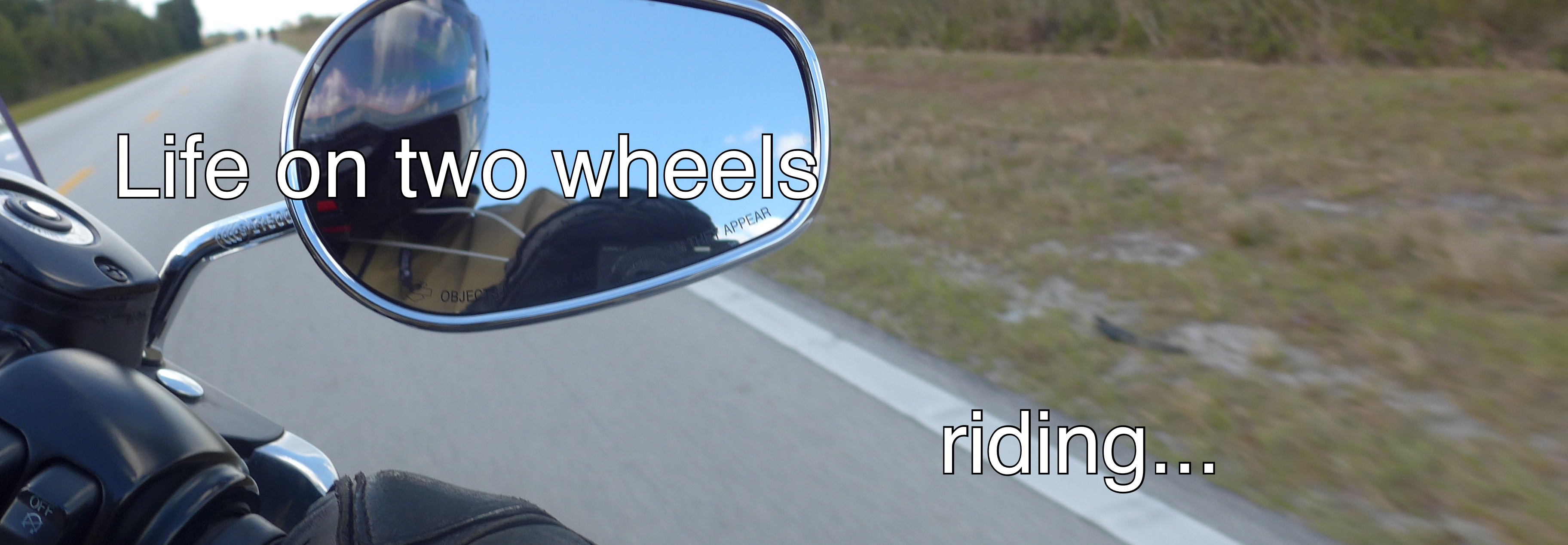
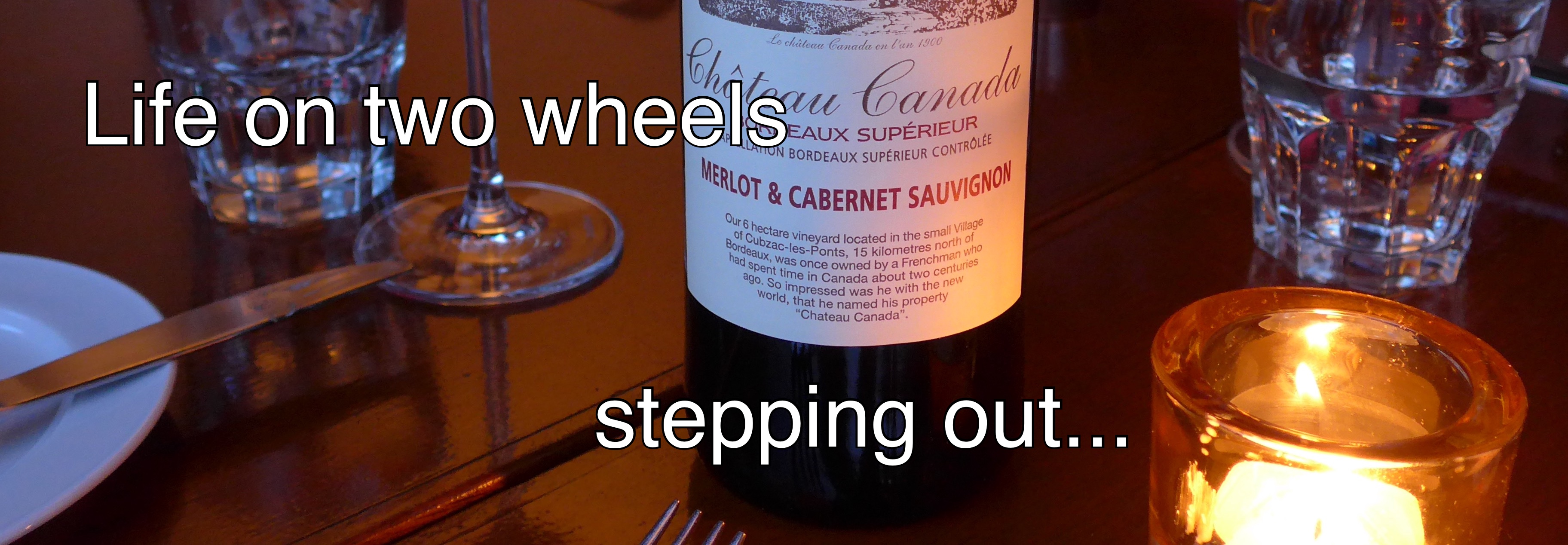

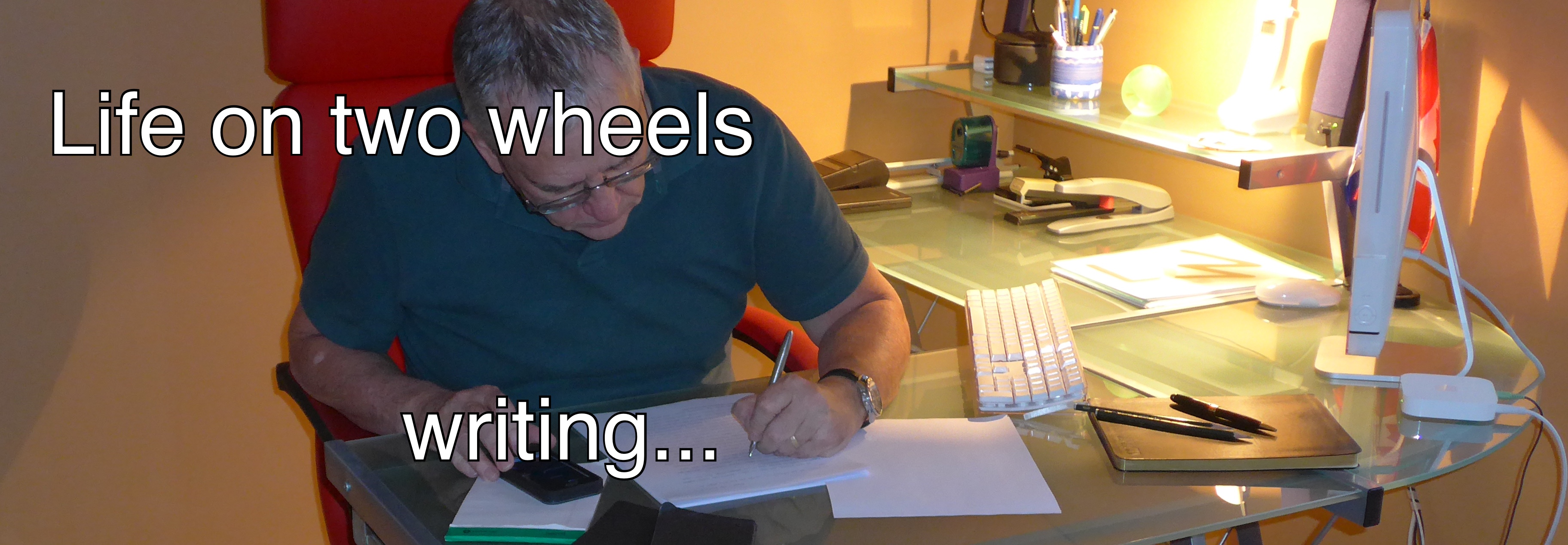
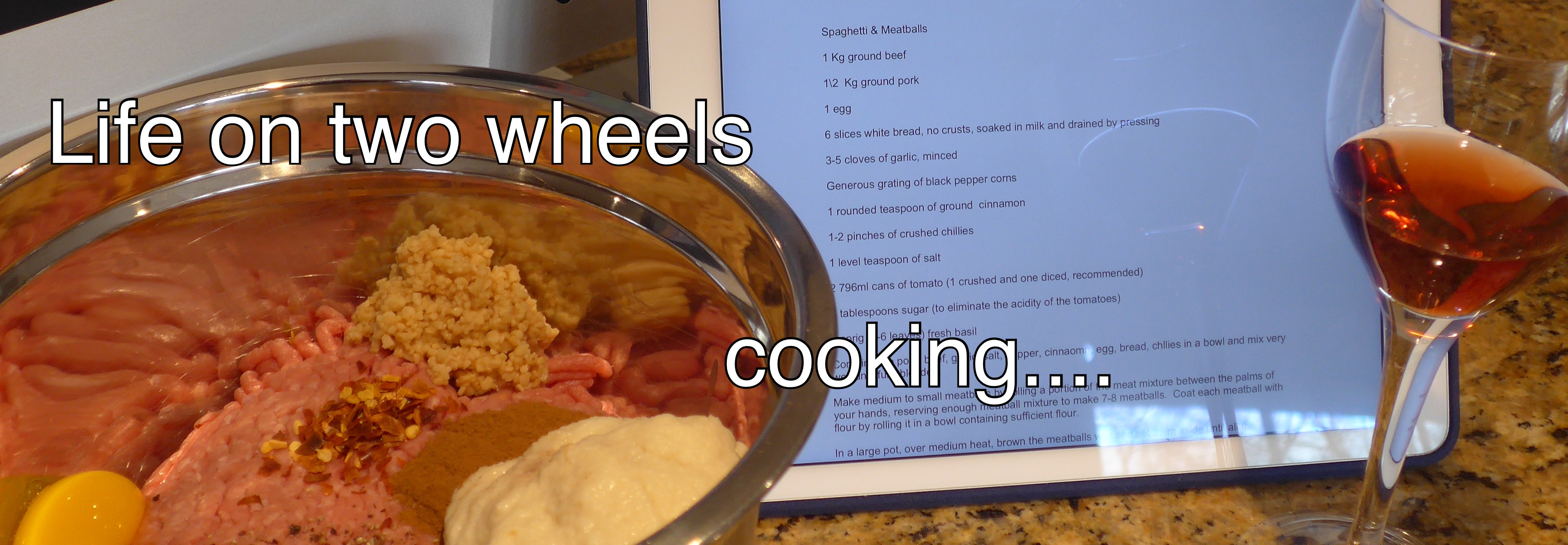

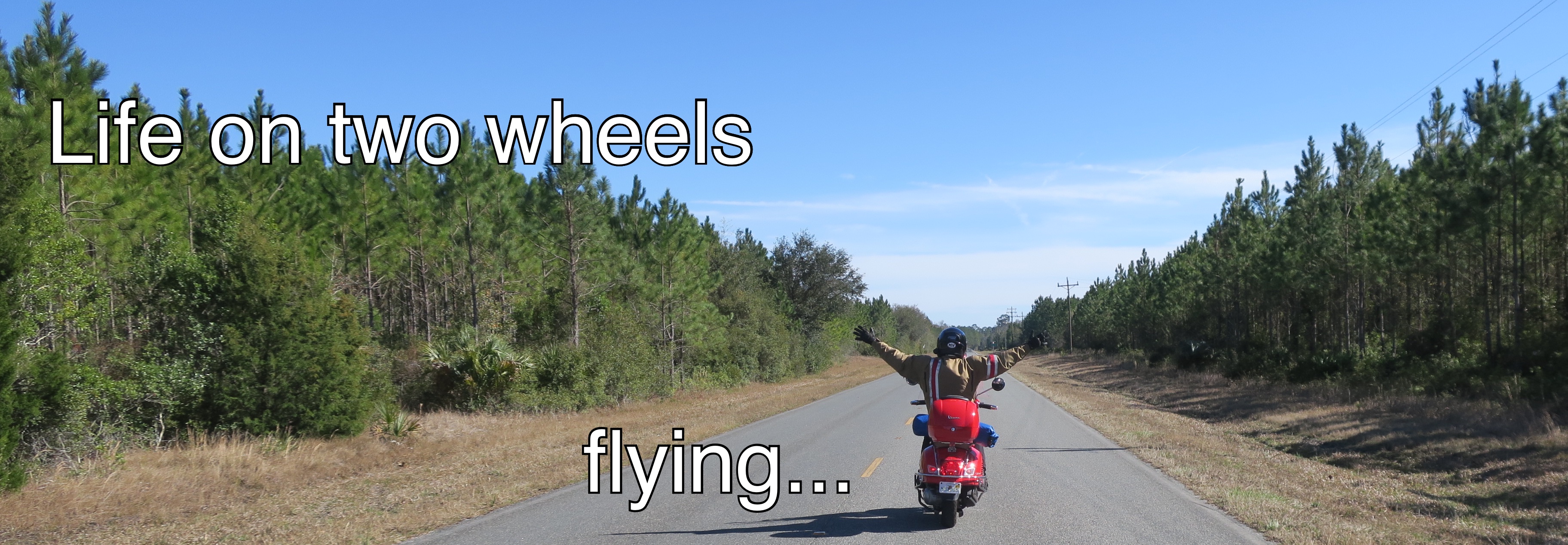
No comments:
Post a Comment